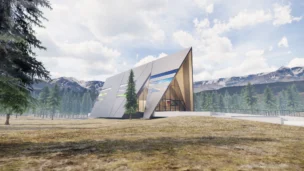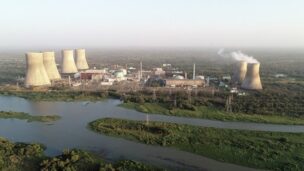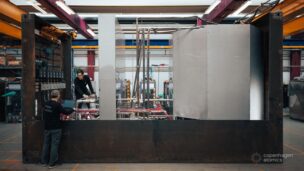Last week, United States and Japanese officials announced a new partnership to rev up the development and commercialization of nuclear fusion as part of their respective 2050 zero-emissions targets.
This agreement follows decades of US-Japanese collaboration on fusion, starting with a committee formed in 1979. This time around, the two nations hope to speed things up by sharing access to fusion research facilities and beefing up supply chains.
“Fusion is too important for needless competition: Like-minded countries should work together towards the common goal,” Andrew Holland, the head of the Washington-based Fusion Industry Association, told Reuters.
Both countries have notched fusion milestones in the past few years:
- In December 2022, the US National Ignition Facility said it had achieved ignition with its laser-powered inertial confinement fusion research device.
- The following November, Japan’s JT-60SA device became the largest tokamak reactor to reach first plasma.
Sharing is caring: Despite these wins, fusion power plants remain a ways off. Scientists have only reached breakthroughs in research devices, and the industry still needs to figure out how to make fusion projects larger and cheaper. Fusion plants likely won’t be commercialized for several decades, at least.
In their agreement, the US and Japan outlined how they’ll work to make commercial fusion a reality, including increasing collaboration between US and Japanese national labs, universities, and other fusion facilities.
And as fission development on both sides of the Pacific continues to heat up, officials said in a joint statement that they “resolve to promote public-private investment in enriched uranium production capacity free from Russian material.”
Gearing up the grid: Officials noted that Japan and the US need to “expand and modernize power grids and energy infrastructure.” They also hope to ramp up market-based power purchase agreements by companies and industries, including from large nuclear reactors and advanced and small modular reactors, to meet decarbonization goals.




